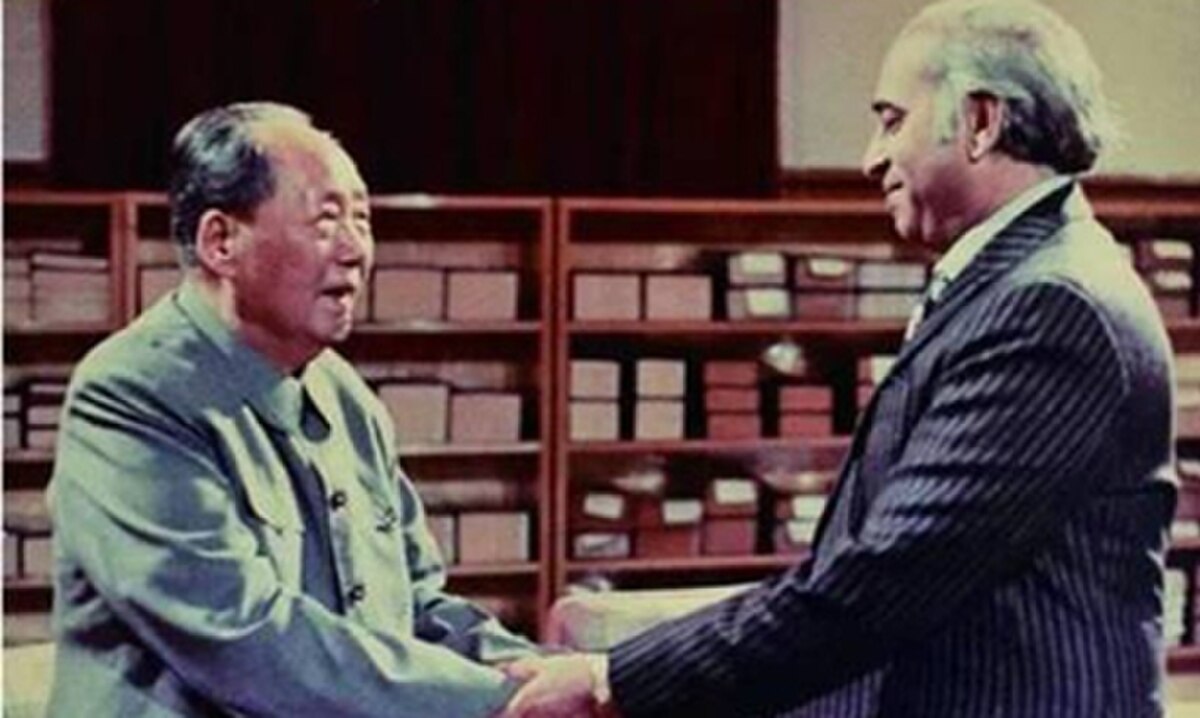
Death of Mao Zedong
Beijing, ChinaThe period from 1949 to 1976 in the People's Republic of China is often referred to as the "Mao era". Since Mao Zedong's death, there has been a great deal of debate and discussion surrounding his legacy. It is commonly argued that his mismanagement of the food supply and over-emphasis on rural industry resulted in the deaths of millions due to famine. However, there were also positive changes during his rule. For example, illiteracy declined from 80% to less than 7%, and the average life expectancy increased by 30 years. Additionally, China's population grew from 400,000,000 to 700,000,000. Under Mao's rule, China was able to end its "Century of Humiliation" and regain its status as a major power on the international stage. Mao also industrialized China to a large extent and helped to ensure its sovereignty. Furthermore, Mao's efforts to abolish Confucianist and feudal norms were also influential.
In 1976, China's economy had grown to three times the size it had been in 1949, though still only a tenth of the size of its economy in 1936. Despite having acquired some of the attributes of a superpower such as nuclear weapons and a space programme, China was still generally quite poor and behind the Soviet Union, the United States, Japan, and Western Europe in terms of development and progress. The rapid economic growth seen between 1962 and 1966 was largely wiped out by the Cultural Revolution. Mao has been criticized for not encouraging birth control, and instead trying to increase the population, with the phrase "The more people, the more power". This eventually led to the controversial one-child policy put in place by later Chinese leaders. Mao's interpretation of Marxism–Leninism, known as Maoism, was codified into the Constitution as a guiding ideology. Internationally, Mao's influence has been seen in revolutionary movements around the world, such as Cambodia's Khmer Rouge, Peru's Shining Path, and the revolutionary movement in Nepal. Maoism is no longer practiced in China, though it is still referenced in regard to the CCP's legitimacy and China's revolutionary origins. Some Maoists consider the Deng Xiaoping reforms to be a betrayal of Mao's legacy.
